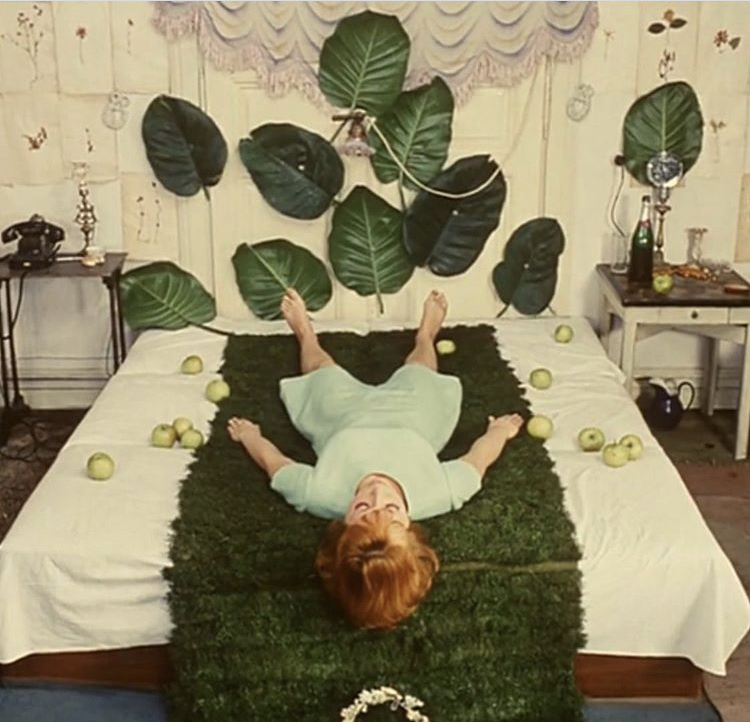If the past couple of years of uncertainty have shown us anything, it’s that we’re adaptable. As social events, work, schooling, and classes, like my guided intentional rest and stillness sessions, have moved to the virtual environment, it’s been clear that, although different, we can continue to enjoy true and real connection online.

But what happens when those sessions we’re used to attending in person, in a carefully curated environment, go online? Can you replicate the same experience at home for these sessions or, your own rest and stillness practices? If in the past you’ve experienced my multi-sensory, deeply restorative sessions in person, you may be looking around your home and wondering how you can create a space that allows you to reset in a busy life with competing demands.
A sanctuary is defined as a consecrated place, a place of refuge and protection. Doesn’t that sound so inviting? While this might conjure up images of a dedicated room in your home with soft lighting, warmth, music, and delightful aromas (perhaps not quite like the image above 😀, but anything goes), it can be as simple as a chair in the corner of a room, a cushion and blanket on the floor, the closing of the door to your bedroom, or finding a place in the garden.
My tips for creating your sanctuary
Here are some ways you can create a quiet space or sanctuary at home. We all have individual needs and sensitivities, and part of this practice is about getting to know those and befriending them in a way that helps you to understand what calms your nervous system. My advice is to treat this list of suggestions like a pick & mix, selecting those elements that speak to you and that you can tailor for you own needs and environment.

A guideline for rest and stillness:
- If possible, find a space that is away from distractions (let others know this time and space is important for your own wellbeing)
- If you can’t move away from distractions (hello children, other family members and pets), have them join you
Props that you might find useful:
- Somewhere and something comfortable to lay on, this could be your yoga or exercise mat, a sheepskin, towel, sofa, or bed
- Blankets, beach towels, throws or a combination of all, to keep you warm
- An eye pillow, mask, or scarf to cover your eyes
- A soft yoga bolster, rolled up beach towel, cushion or bed pillows to place beneath your knees and underneath your head
- Wear something warm, loose and comfortable and have extra layers close by
- If you know your feet get cold, wear some cosy socks
- If you can, keep these all together so that you don’t need to gather them up each time you practice
For those of you who like to amp up the comfort and ambience, here are some optional additional touches:
- Choose essential oils that will nourish and support you to fall into a deep relaxation Rosemary, lavender, lemongrass, vetiver are all good. Perhaps you have an oil burner or diffuser
- Dim the lights and draw the curtains if you are practicing inside It helps to prepare your body for rest
- Candles can create a soothing, mesmeric environment. Just remember if you light a candle, for safety please place them well away from you and your props
- A filled hot water bottle or warmed wheat bag for additional comfort
- Whilst I personally prefer to practice silence, if you know music helps you relax, choose from your own listening library to have playing in the background. Some suggestions include classical tunes (think Baroque or Mozart), try spa or meditation music from your iTunes or Spotify account.
Kind words:
“I have been so pleasantly surprised with how effective the virtual online experience has been. Anyone who thinks that technology would get in the way of achieving stillness clearly hasn’t worked with you.” – K
I hope this has helped you reflect on how you can create your place of rest, a sanctuary, to practice. I’d love to hear from you about what you have created in the comments section.





